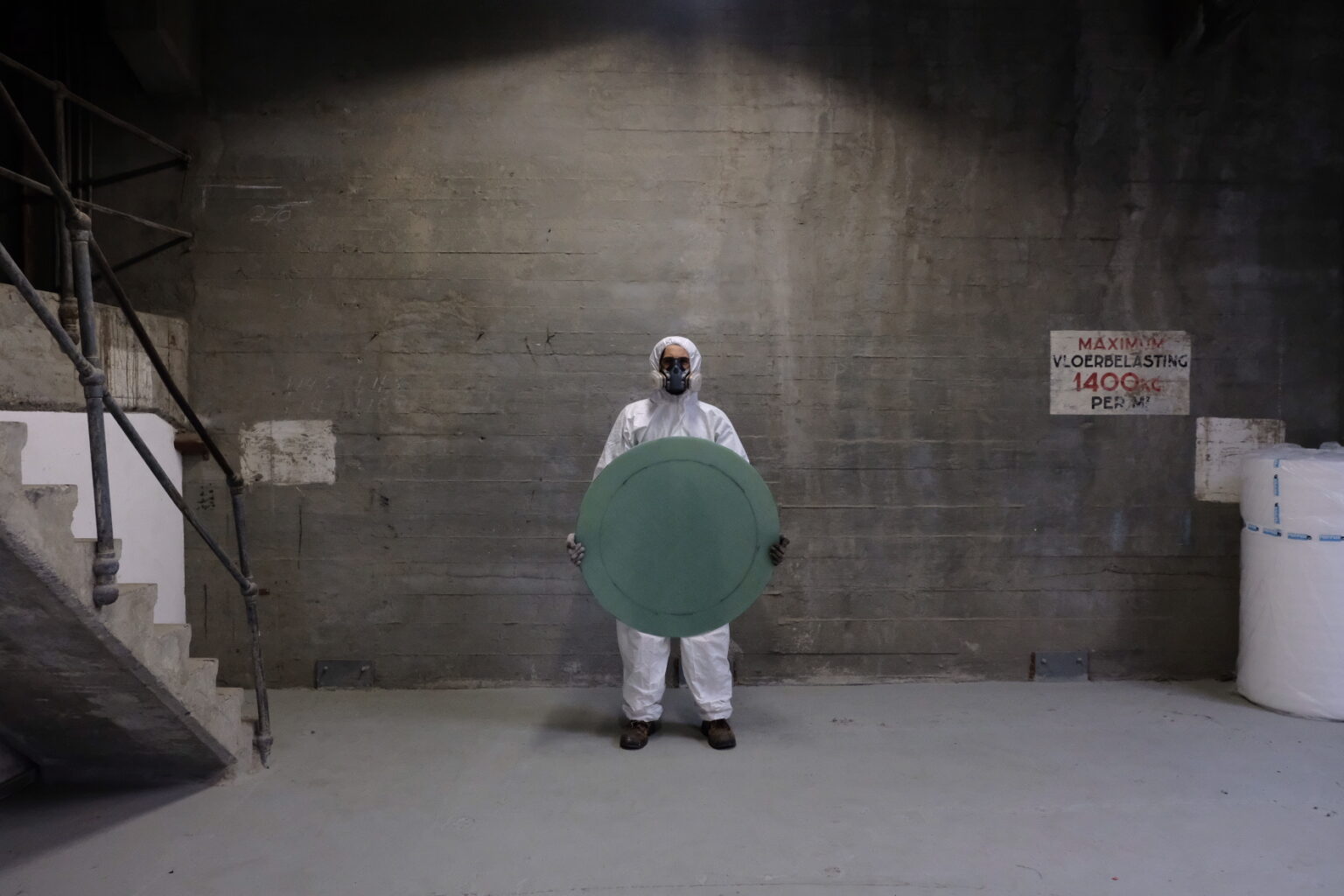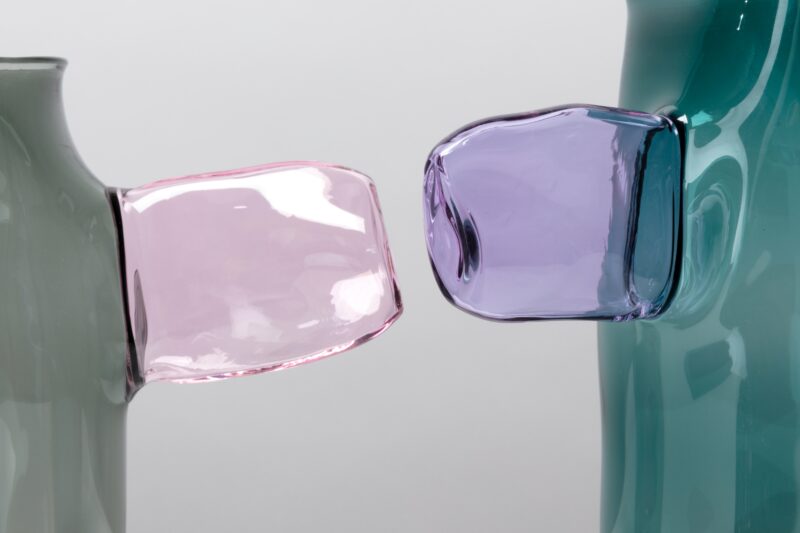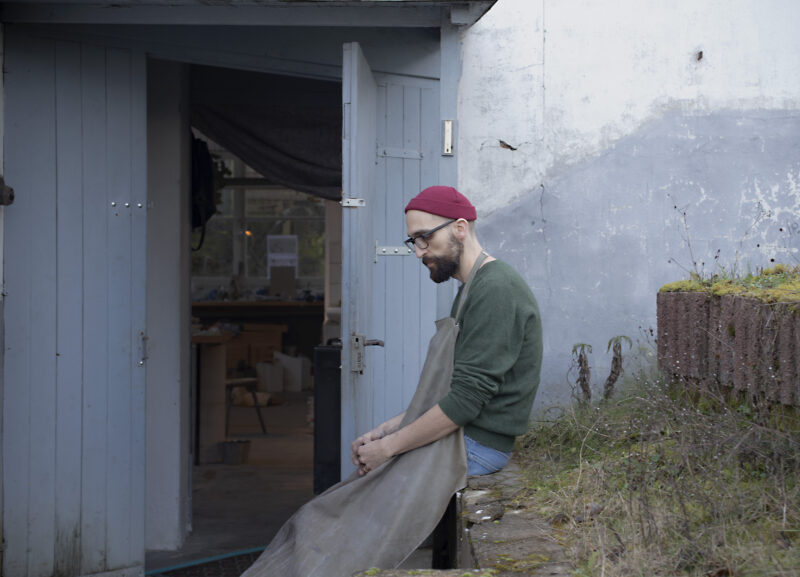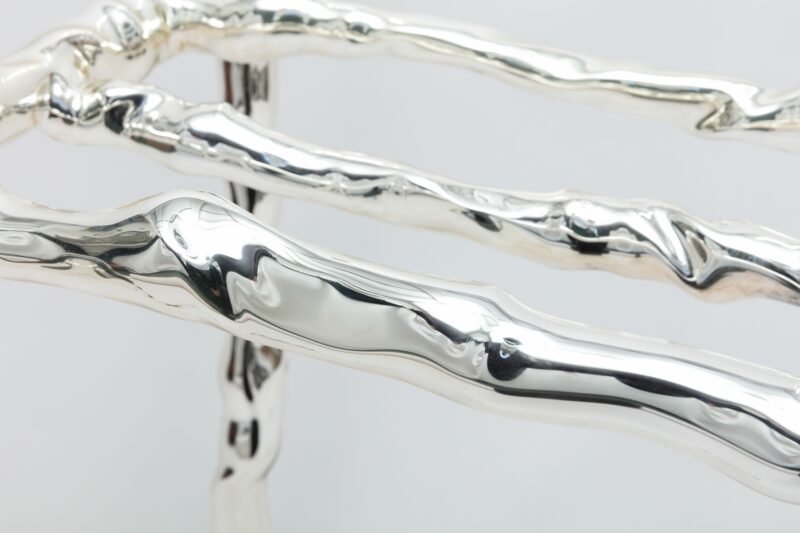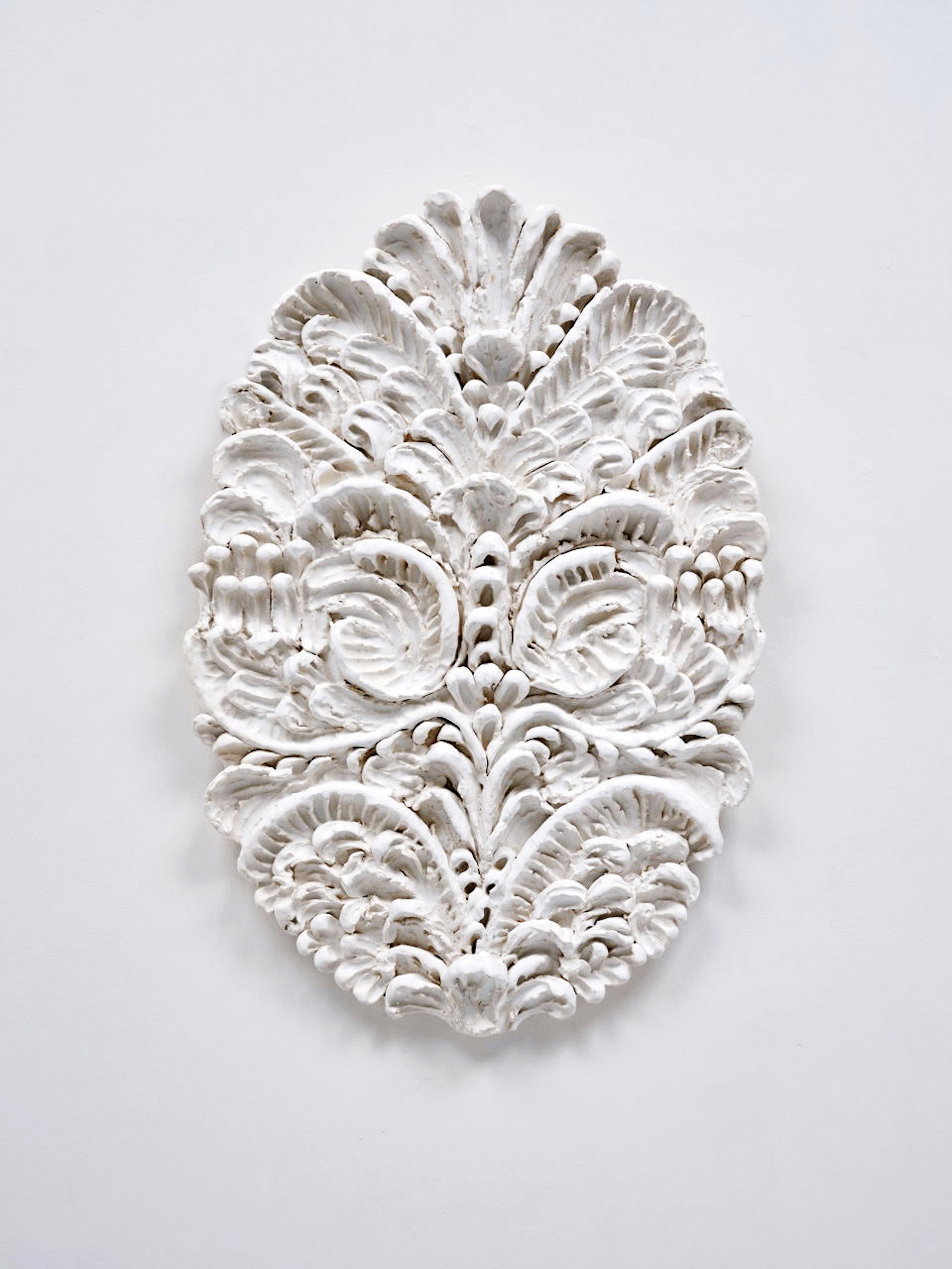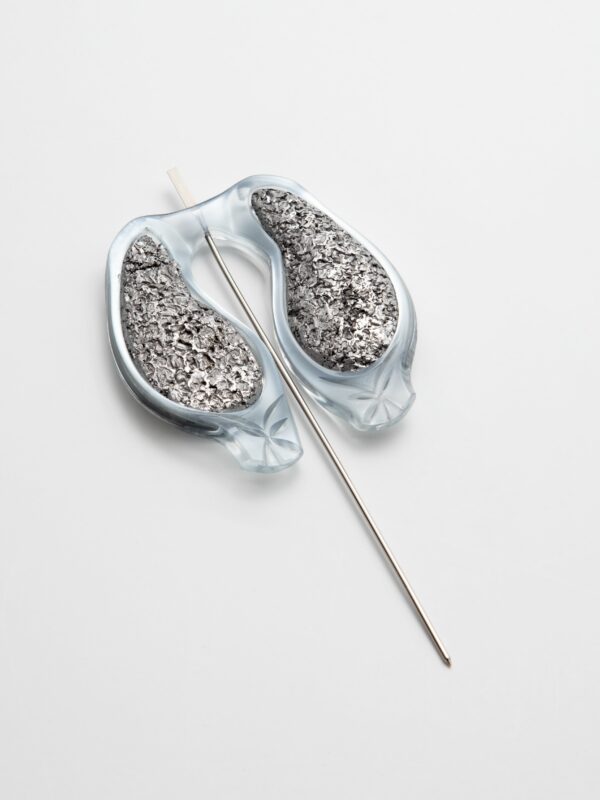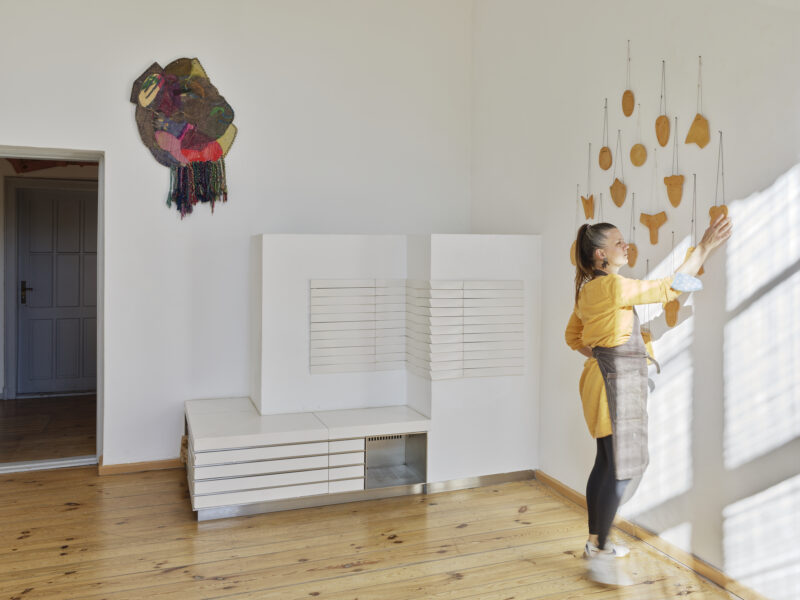Background
The name “Radical Craft” refers to the design trend Radical Design, which reached its peak in Italy at the end of the 1960s and early 1970s and is considered one of the most important avant-garde movements in design history. With manifestos, unconventional language of form, transdisciplinary working methods and utopian design ideas the representatives of Radical Design protested against functionalism and the established taste in design and architecture, thereby showing that designers and architects not only have to see themselves as service providers in a commercial context, but can also actively and critically deal with social issues.
So far, the artisans have omitted this innovative step. The arts and crafts (in general) lack the ambition to look beyond their own box of aesthetic production and to want to be socially effective. The artisan works inwardly and does not care about the hustle and bustle of the busy world. Or not?
The exhibition Radical Craft 2 aims to show that even today, elaborate artisanal forms can have an inherent energy for social change. With Andrei Loginov and Jürgen Eichler, two unusual actors join the show: Loginov re-visualizes honeycombs or jungle tree trunks in photogenic luminous sculptures. Jürgen Eichler presents holographic glass vases, stepping beyond the usual scope of glass artists, questioning the limits of technology. The duo Kreadino refines the craft of lime decorative plaster into room-filling screens and abstract wall objects, merging interior design and spatial architecture. Silke Spitzer, Dovile Bernadisiute and Edu Tarin show author’s jewelry, whose main purpose is no longer to wear the same, but which become self-sufficient objects.
In any case, there is no extended concept of handicrafts, as there is an extended concept of design. Many of the current design trends such as critical design, social design and participatory design have their origins in radical design; The arts and crafts have not yet experienced a similar broadening and updating of the horizon. Today arts and crafts are one-dimensionally combined with craftsmanship or, at best, presented as “Creativity and Craftmanship”, which promises “Inspiration around the Corner”.
But that does not go far enough. Such a view belittles this artistic branch, which earlier, for example in the Arts & Craft movement, already pursued completely different, more comprehensive concepts.
The exhibition is curated by Pascal Johanssen
